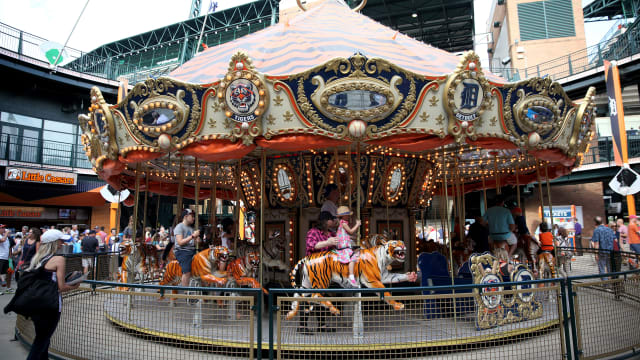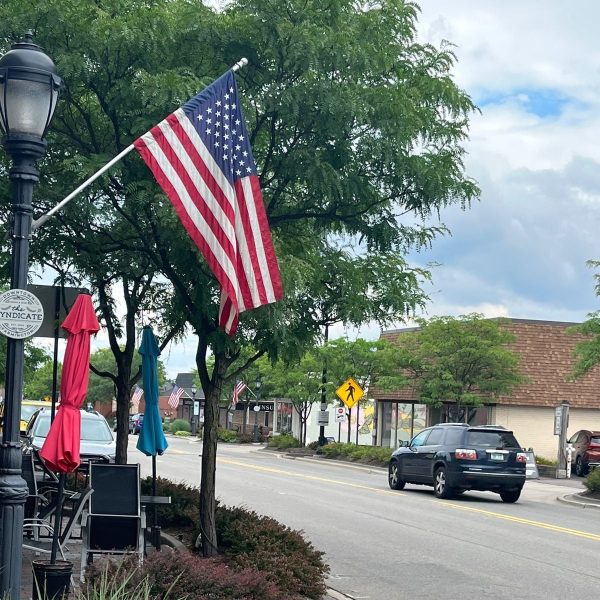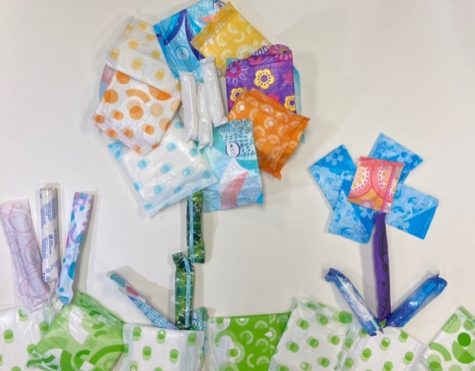A Look into the Rise of Carousels
A Ferris wheel lights up a pitch black sky, children laugh, the smell of funnel cakes smothered in powdered sugar and drizzled in syrup perfumes the air–all the makings of a fun night at the state fair. Then, at the center of it all, the carousel.
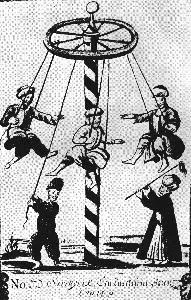
But where did this classic state fair staple originate? The ideas behind carousels date back to 6th century Byzantium, also known as present-day Istanbul. There, the earliest form of carousels were invented, with baskets carrying riders tied to poles fixed to a rotating center. The inspiration for modern carousels came from Asia and Europe in the 12th century. Warriors rode in circles for battle training. The goal was to knock off your opponent’s hat with a stick and improve your horse-riding skills.
During the 17th century, hats were traded out for small rings wrapped in ribbon that riders would spear from atop their horses. However, carousels didn’t appear in fairs until the 18th century, when they were dubbed “flying horses” due to the first carousels being suspended mid-air by chains. Often riders would find themselves flung off their gallopers. These carousels were usually powered by animals or people, which required the gallopers to be small or lightweight.
It wasn’t until the 19th century that carousels took on their modern characteristics. During this time, carousels gained base fixtures, and horses became mounted on poles. These new carousels with base fixtures were called “dobbies” and were much safer than previous designs. In 1803, John Merlin came up with the idea of playing music while riders rode his carousel. However, he neglected to patent his idea, and in the ensuing years, more carousels were accompanied by music. In 1861, Thomas Bradshaw created the first steam-powered carousel, repopularizing the classic fairground ride and making horse-powered carousels obsolete. The gallopi
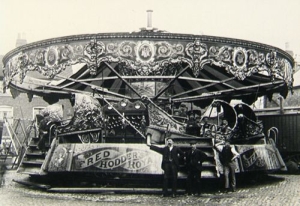
ng motion we’ve come to associate with modern carousels came from 1870 when Frederick Savage invented the first galloping carousel.
The industrial revolution also had a hand in repopularizing the carousel by increasing the money and time people had to spend at the fairgrounds. These developments were undone by the Great Depression when most people lost their ability to spend money going to the fair. During this time, small carousels could no longer afford to stay open and closed up shop.
When the economy recovered, carousel production technology improved and carousels started being constructed using aluminum and synthetic materials. The designs became more grand and steam-powered motors were replaced by electric ones. This is when carousels became the classic fairground attraction we know it to be.
Carousels took a wild ride to become the ride we know today. From machines for combat training to flying horse contraptions to steam-powered marvels, contemporary carousels are barely recognizable as the same machine. But, one thing has stayed constant throughout the majority of their history; carousels bring joy to those looking to spend a magical night on the fairgrounds.

Rebecca Borlace is a junior. In their spare time, they enjoy participating in Mock Trial and Model UN. You’ll usually find them bouncing between clubs...
